The history of the fire department
Welcome to the blazing world of fire departments and their storied past! From ancient times to the modern era, the journey of firefighting is filled with courage, innovation, and transformation.
As we explore this fiery history, you’ll discover how different cultures and eras have tackled the ever-present threat of fire. Let’s embark on this historical adventure, tracing the evolution of firefighting from its humble beginnings to its pivotal role today.
Ancient Beginnings: Firefighting in Ancient Egypt and Rome

Firefighting has deep roots, stretching back to ancient Egypt, where hand-operated pumps drawing from the Nile were the primary tool in fire suppression. The Egyptians even had a fire goddess, Sekhmet, believed to control flames.
In Rome, the Vigiles were established around 24 BC as the first organized firefighting force. They used water pumps and bucket brigades, and their early systems laid the groundwork for future firefighting endeavors.
Medieval Methods: From Bucket Brigades to Fire Watchers
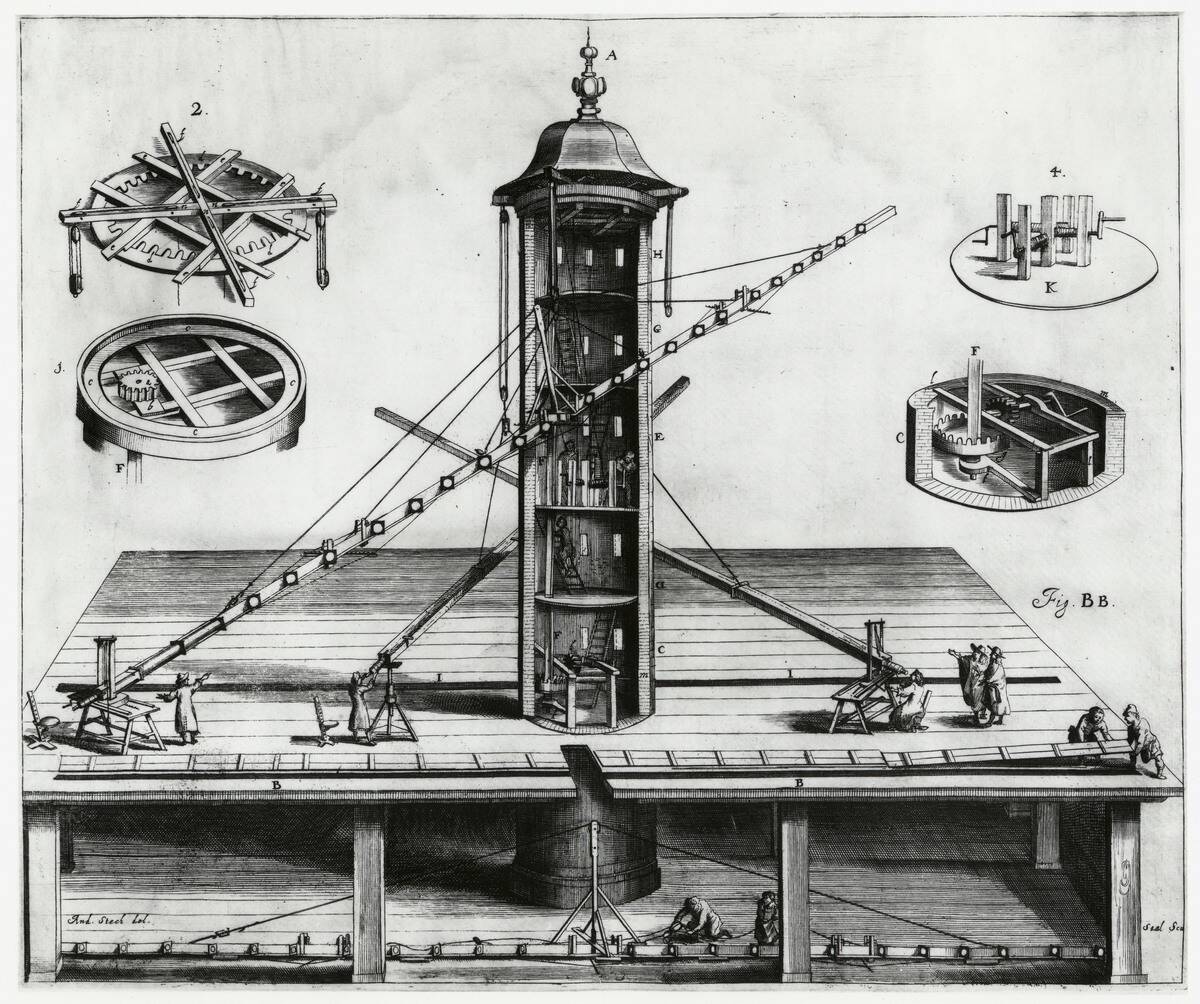
In the medieval era, bucket brigades were the go-to method for firefighting. Townspeople would form lines to pass buckets of water from a source to the fire.
Fire watchers, often stationed in tall towers, played a crucial role in spotting fires early, giving towns a fighting chance.
The Great Fire of London: A Catalyst for Change

The Great Fire of London in 1666 was a turning point in firefighting history. The fire raged for four days, destroying much of the city. In its wake, fire insurance companies formed private brigades to protect insured properties, marking the beginnings of organized fire services.
This disaster highlighted the need for better fire prevention and response strategies, leading to the development of building regulations and the advancement of firefighting technology.
Colonial America: The Birth of Organized Firefighting

In colonial America, firefighting took a community-based approach. Towns had volunteer brigades, and laws required homes to have buckets ready for use. The first organized fire company was established in Boston in 1679, featuring horse-drawn water wagons and an engine imported from England.
Fire marks, metal plaques on buildings, indicated coverage by fire insurance, encouraging organized protection. This laid the foundation for more structured firefighting efforts across the New World.
Benjamin Franklin’s Legacy: The Union Fire Company
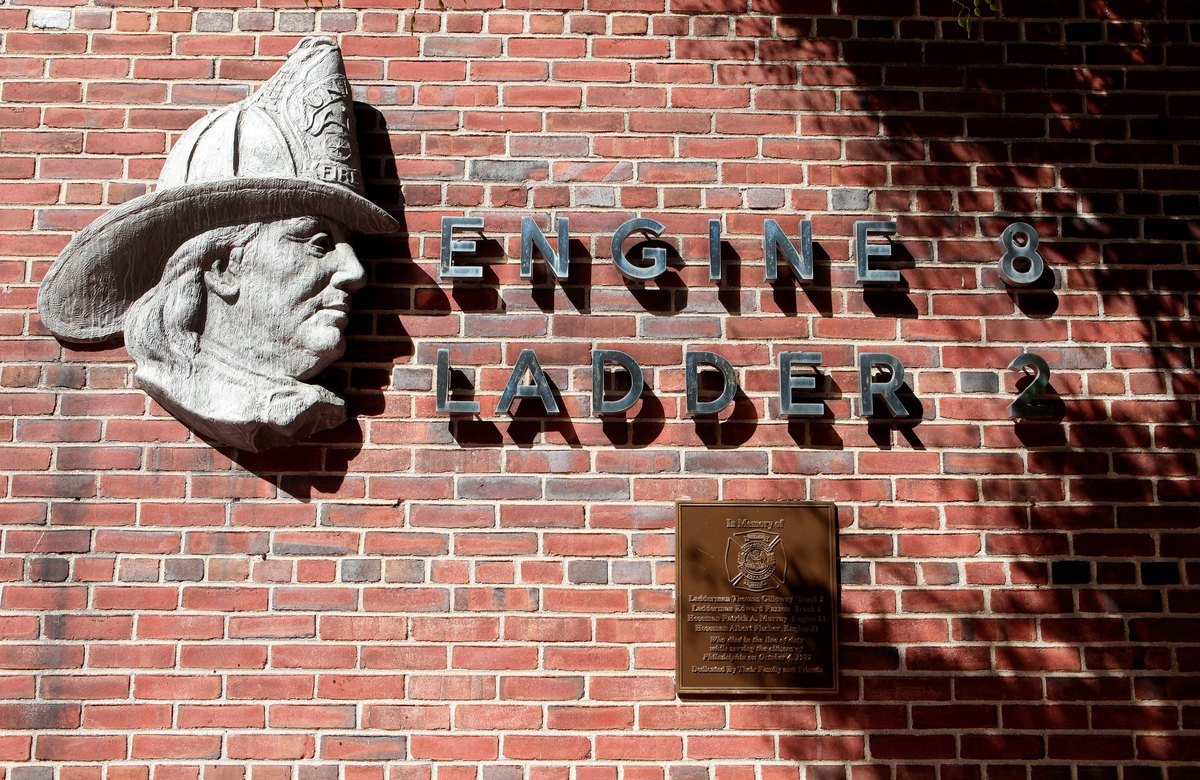
In 1736, Benjamin Franklin established the Union Fire Company in Philadelphia, known as “Franklin’s Bucket Brigade.” This volunteer organization was one of the first of its kind in America and set a standard for community involvement.
Franklin’s emphasis on fire prevention measures, like chimney sweeps and regulations, further solidified the importance of organized efforts. His legacy endures in modern firefighting principles and practices.
The Evolution of Firefighting Equipment: From Buckets to Engines
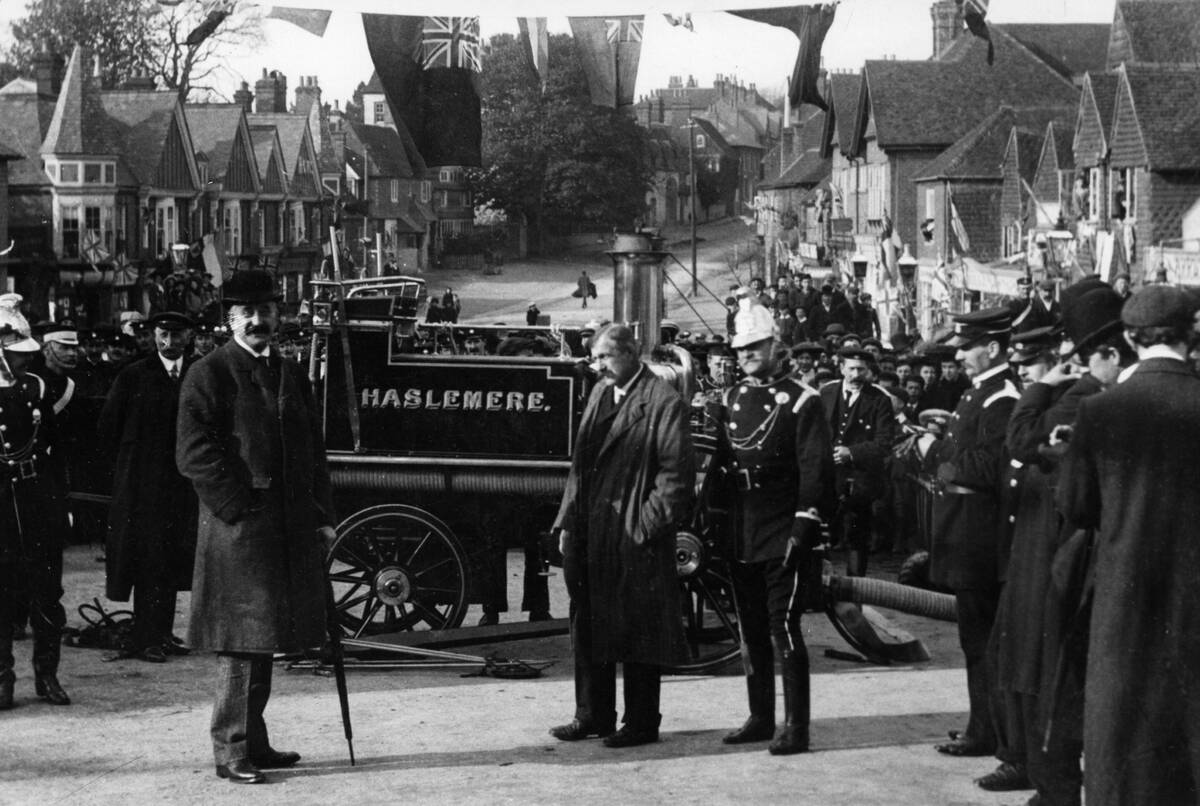
Firefighting equipment has evolved dramatically from simple buckets to sophisticated engines. The 17th century saw the introduction of hand-pumped fire engines, which increased efficiency.
By the 19th century, steam-powered engines revolutionized firefighting, allowing greater water pressure and faster response times. These advancements made it possible to combat larger fires more effectively, paving the way for the modern firefighting vehicles we rely on today.
The Rise of Steam-Powered Fire Engines in the 19th Century
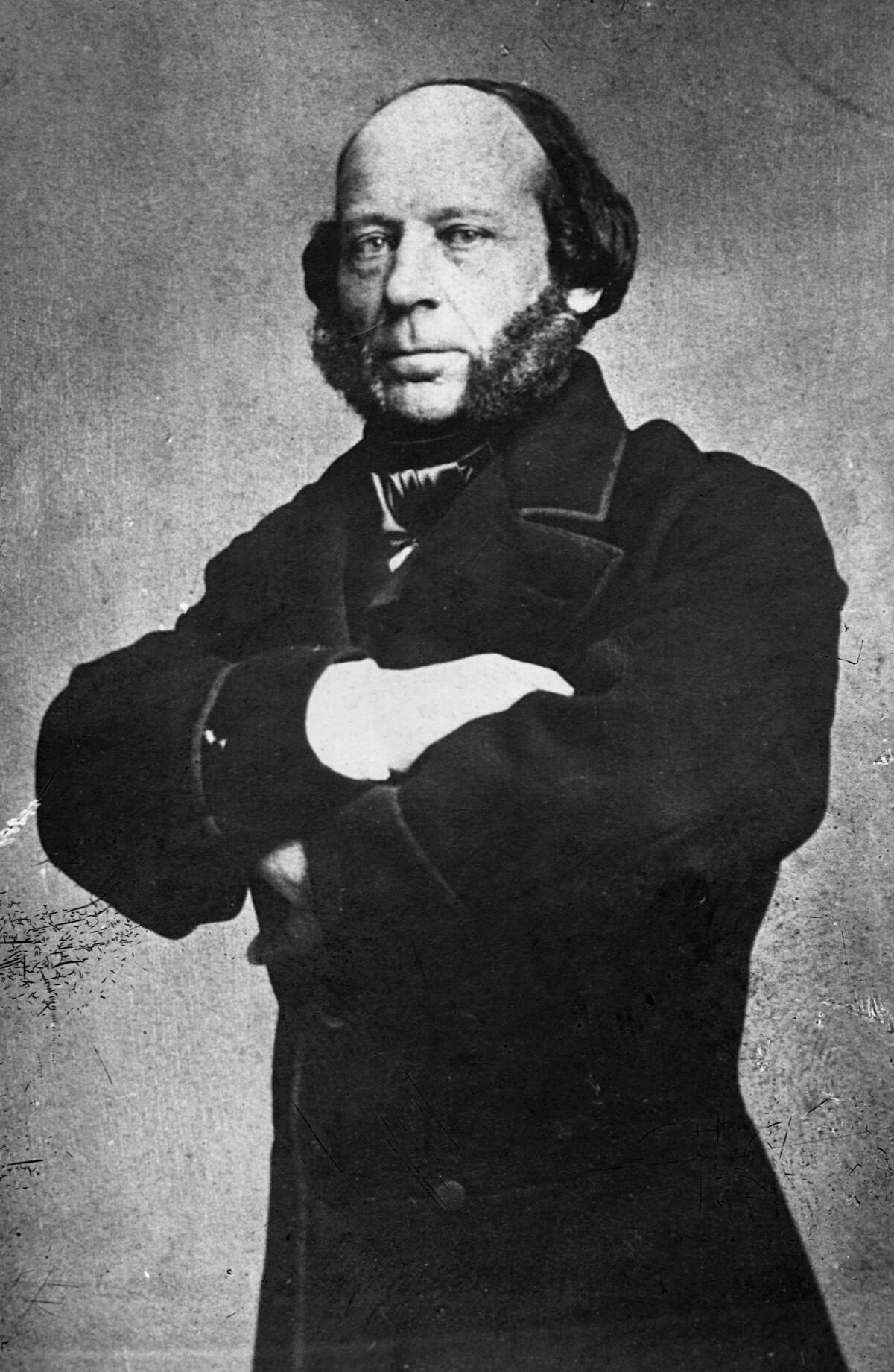
Steam-powered fire engines emerged in the mid-1800s, transforming firefighting capabilities. Invented by John Ericsson, these engines could pump water continuously, unlike hand-pumped versions.
Their introduction was initially met with resistance from traditionalists, but their effectiveness eventually won over skeptics. By the late 19th century, steam engines had become standard, greatly enhancing fire departments’ abilities to tackle blazes and save lives.
The Formation of Volunteer Fire Departments
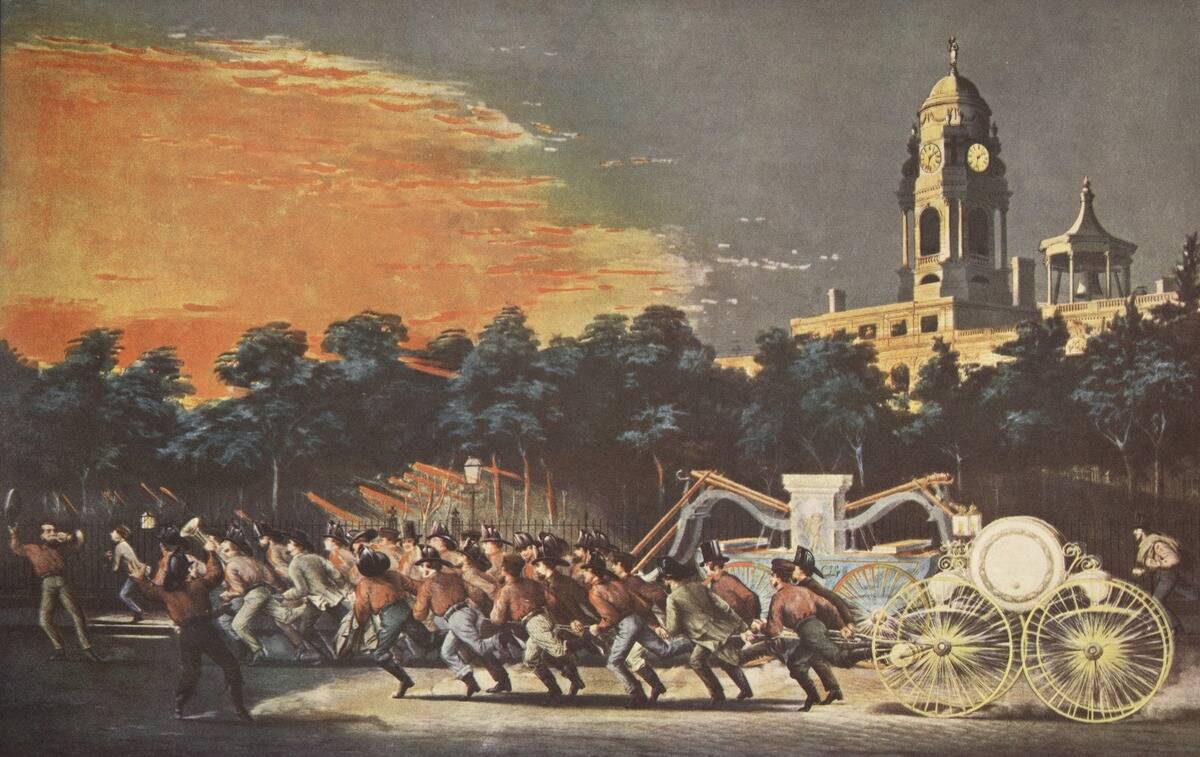
Volunteer fire departments have long been a cornerstone of community safety. In the U.S., these departments formed as towns grew and the need for organized fire response became apparent.
Volunteers, often local tradespeople, dedicated their time and skills to protect their communities. This tradition continues today, with volunteer firefighters comprising a significant portion of the firefighting force, especially in rural areas where resources are limited.
The Introduction of Career Firefighters: A New Era
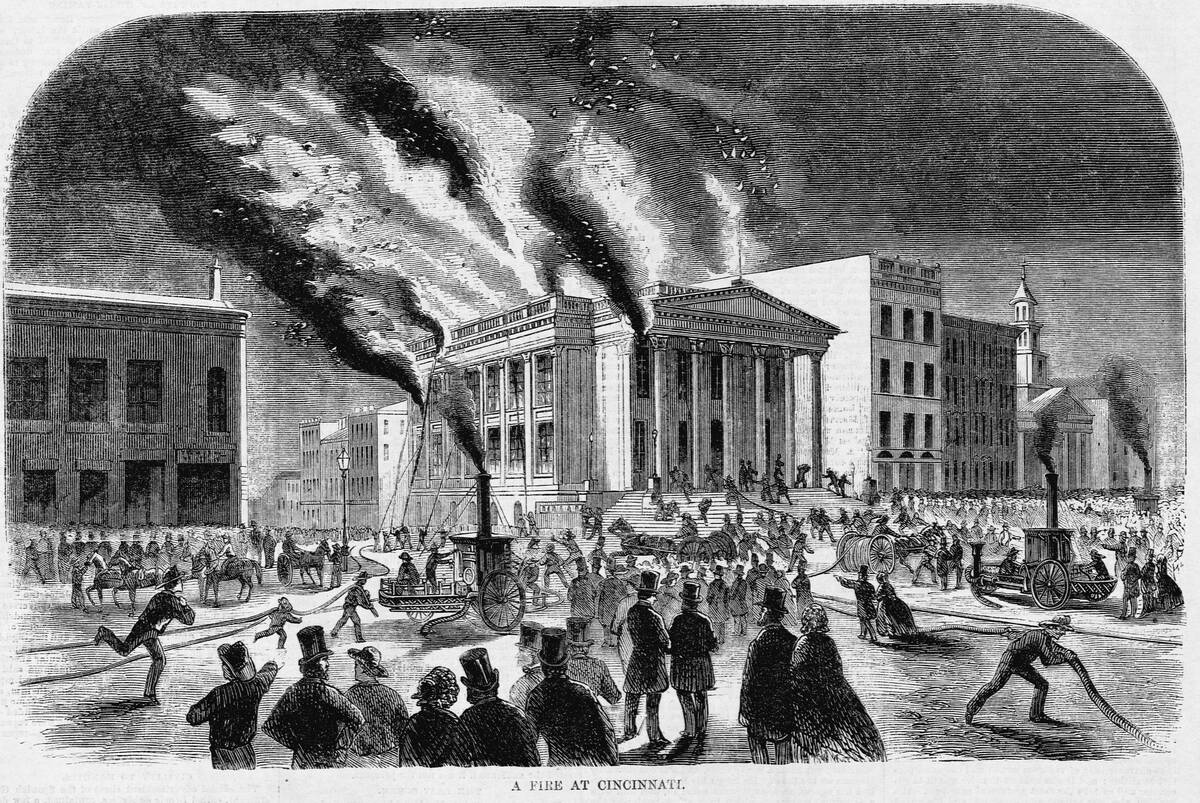
The late 19th and early 20th centuries saw the professionalization of firefighting with the rise of career firefighters. Urbanization and industrialization increased fire risks, necessitating full-time fire services.
These professionals brought more rigorous training and standardized procedures to the field. As cities expanded, career firefighters became essential, providing round-the-clock protection and advancing firefighting techniques with their expertise.
Fire Departments During the Industrial Revolution
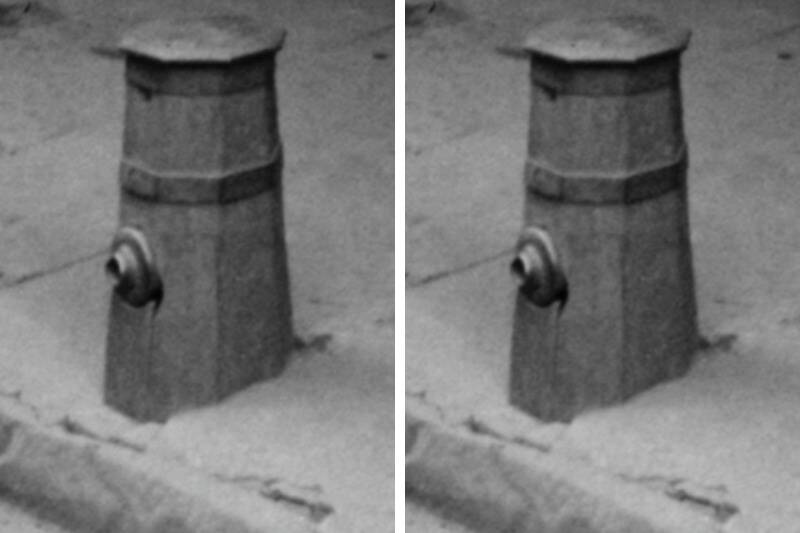
The Industrial Revolution marked a period of significant change for fire departments. Rapid urban growth and industrial activity heightened fire dangers, prompting departments to expand and innovate.
New building materials and construction methods required updated firefighting tactics. This era also witnessed the development of fire hydrants and more efficient communication systems, critical for swift responses in densely populated areas, setting the stage for modern urban firefighting.
Innovations in Firefighting Techniques and Strategies

Firefighting techniques have continuously evolved to meet new challenges. The 20th century introduced practices like ventilation, which helps control fire spread, and the use of thermal imaging cameras for locating victims.
Strategies now emphasize incident command systems to coordinate large-scale responses effectively. Continuous training and simulations ensure firefighters are prepared for diverse scenarios, reflecting a commitment to safety and efficiency that drives ongoing innovation.
The Role of Fire Departments in Major Historical Fires
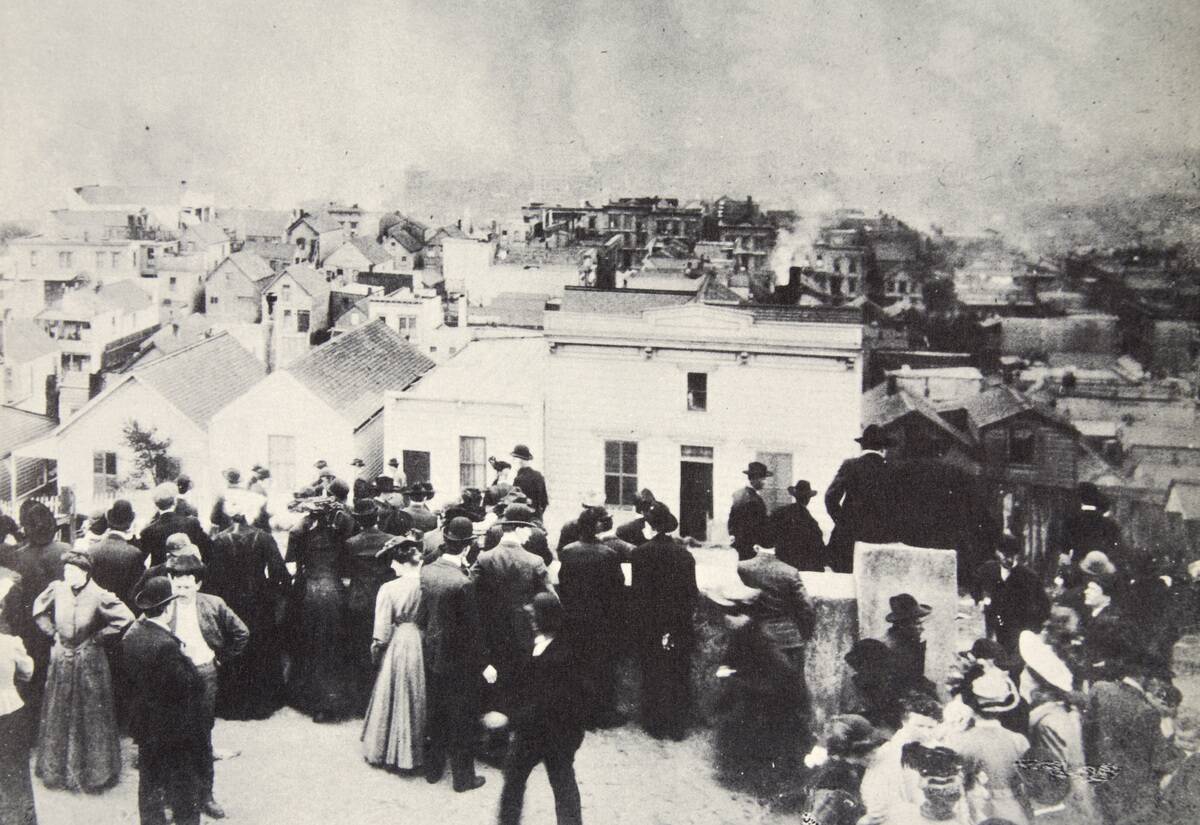
Fire departments have played critical roles in major historical fires, shaping public awareness and policy. Events like the 1906 San Francisco Earthquake and Fire highlighted the need for emergency preparedness and resilient infrastructure.
Firefighting efforts during these disasters showcased the bravery and ingenuity of firefighters, leading to improved building codes and the establishment of mutual aid agreements, which enhance cooperation between departments during large-scale emergencies.
Women in the Fire Service: Breaking Barriers
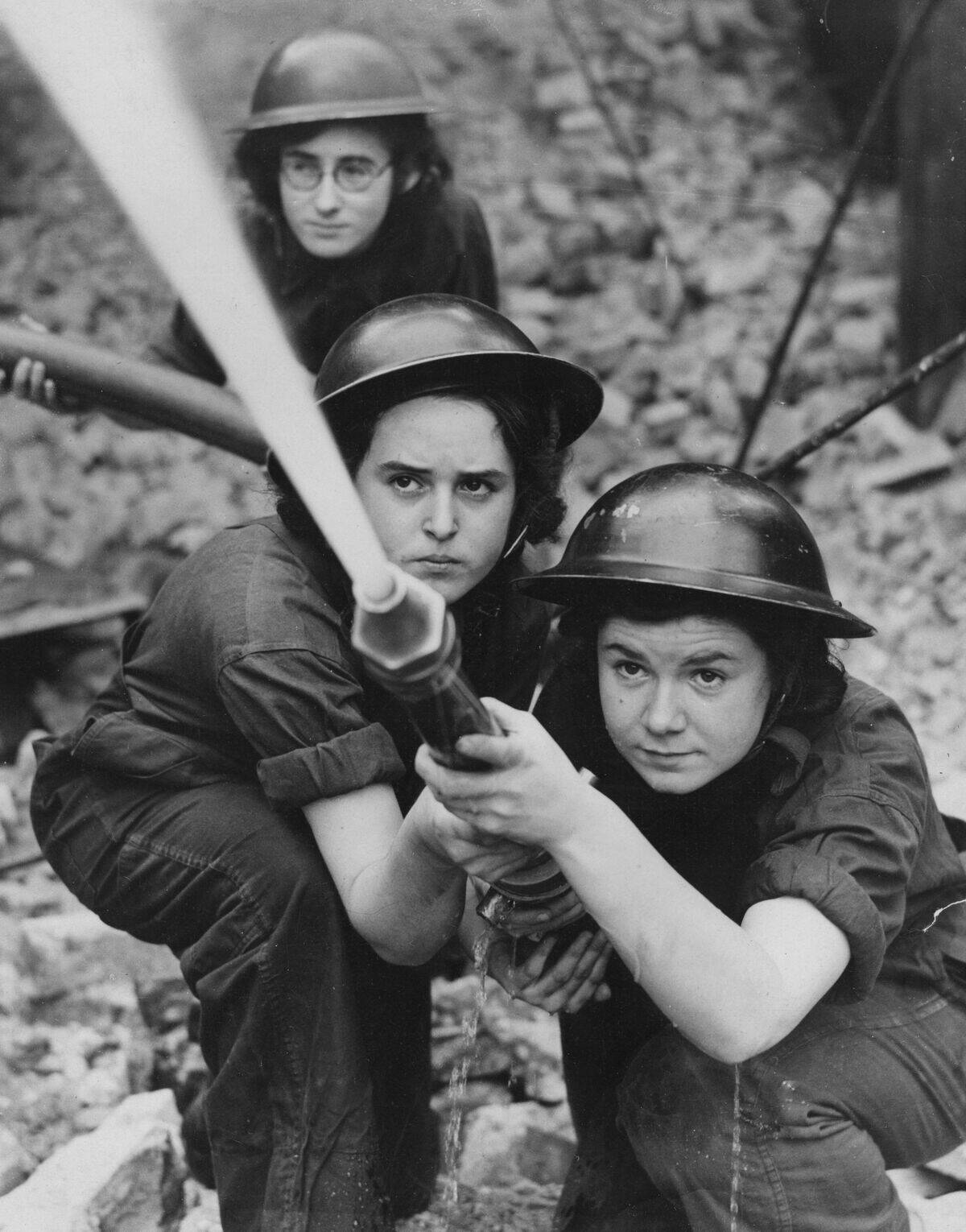
Women have been breaking barriers in the fire service for decades. Although firefighting has traditionally been male-dominated, women began joining ranks in the late 20th century. Today, they serve in various roles, including firefighters, officers, and chiefs.
Organizations like Women in Fire support their advancement and advocate for diversity and inclusion. The contributions of women continue to enrich the fire service, bringing new perspectives and skills to the field.
The Impact of Technology on Modern Firefighting
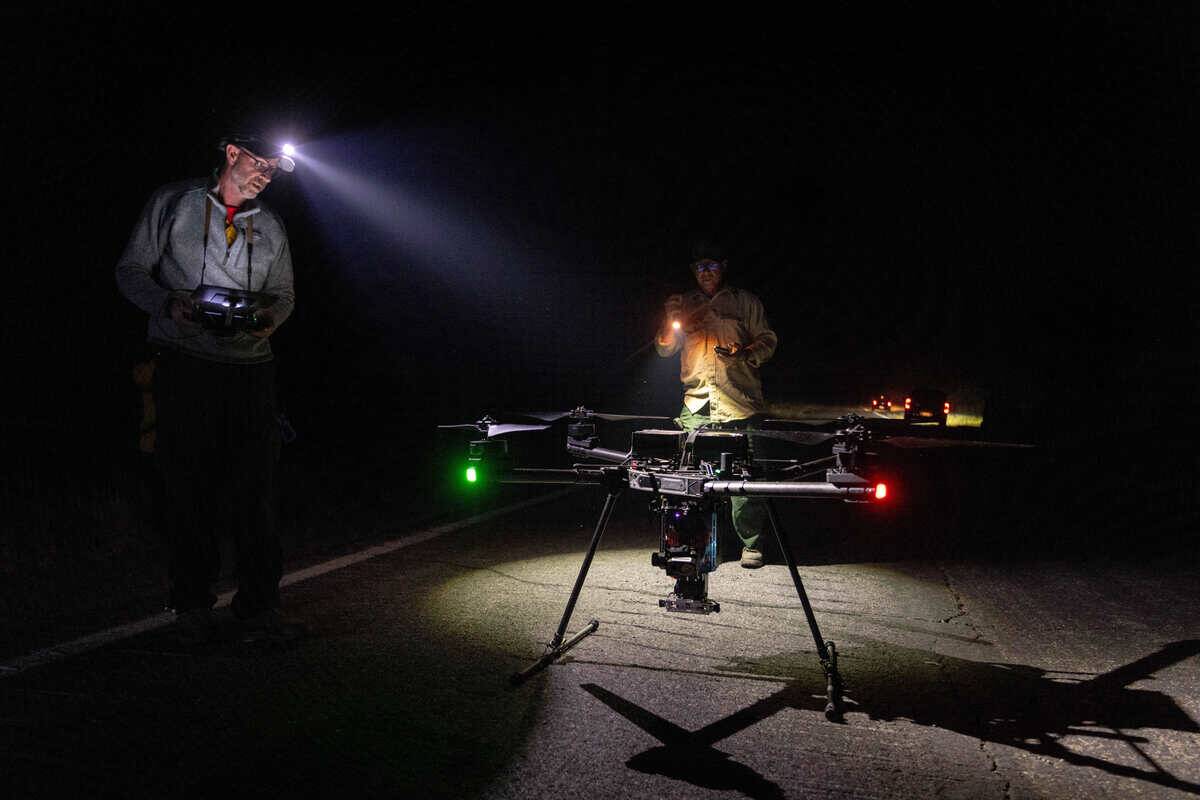
Technology has profoundly impacted modern firefighting, enhancing safety and efficiency. Drones provide aerial views of fires, helping strategize responses. Firefighting robots can enter hazardous areas, reducing risk to personnel. Advanced communication systems ensure seamless coordination during incidents.
Additionally, data analytics help departments predict fire trends and allocate resources effectively. These innovations continue to shape the future of firefighting, making it safer and more effective.
Fire Safety Education: A Crucial Fire Department Function
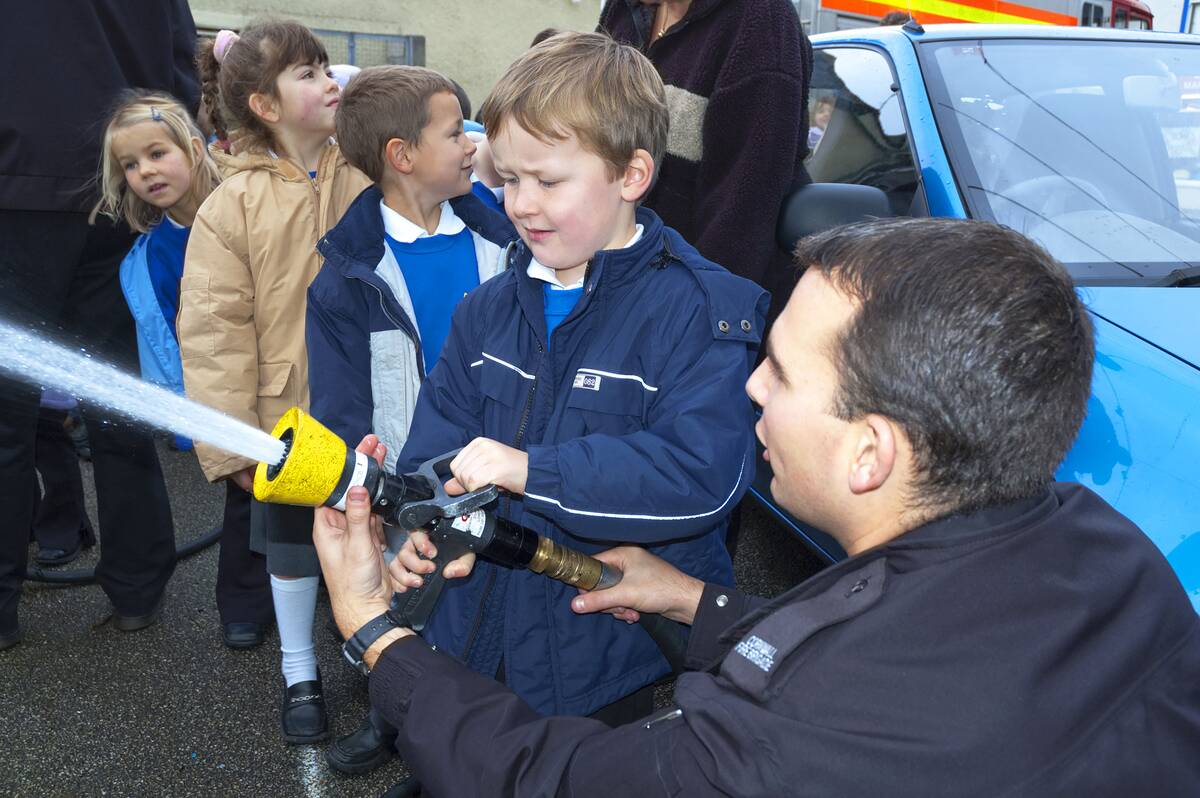
Fire safety education is a vital function of fire departments, aimed at preventing fires and saving lives. Programs in schools teach children about fire hazards and emergency procedures. Community outreach efforts emphasize the importance of smoke alarms and evacuation plans.
Departments also offer resources for businesses to ensure compliance with safety regulations. This proactive approach empowers individuals to take responsibility for their safety, reducing fire-related risks.



